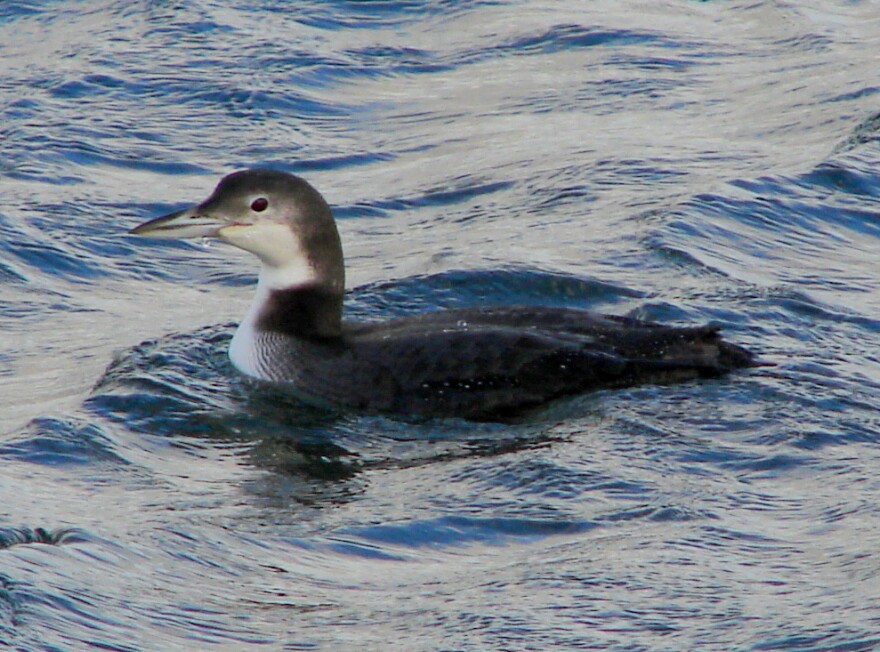Heading south for winter is tempting for humans even in early November. And while many birds do fly south to escape the New Hampshire winter, a fair number of our feathered friends stick around and brave the snow and cold. We spoke to Eric Masterson, land protection specialist with the Harris Center for Conservation Education, and author of Birdwatching in New Hampshire, about some of the hearty birds who winter in New England.

Cardinals stick around New England in winter, eating seeds and looking pretty resplendent against the backdrop of snow. You probably won't hear their traditional song in winter, that's usually reserved for springtime. They do make call sounds, for warning other cardinals about danger.



We're used to hearing about loons on freshwater lakes, like Winnipesaukee, but in the winter when the lakes freeze over, loons head to the coast. In fact, the shoreline is a great place to see a whole host of birds that stay north for winter.



The black-capped chickadee is universally known as a "cute bird" and we can't argue with that. According to Eric Masterson, its signature call: chicka-dee-dee-dee, serves as a warning to other chickadees nearby. The more "dees" at the end, the higher the current threat level for the little birds.



Last winter was a banner year for snowy owl sightings in New Hampshire, a once in a hundred years invasion of snowy owls according to Eric. This was due to a successful breeding season for lemmings in the arctic which supported a successful year for the snowy owls. You're likely to spot them again this winter as their peak numbers haven't dropped off just yet.

Video below of a snowy owl on the beach in Rye, NH last year.

The American tree sparrow breeds north of here, up in the Canadian tundra, but they winter in the "south": New Hampshire. Sparrows are pretty scarce in the winter, but the American Tree Sparrow comes to these parts exclusively for the winter months. They just started arriving in the past few weeks, so be on the lookout.









